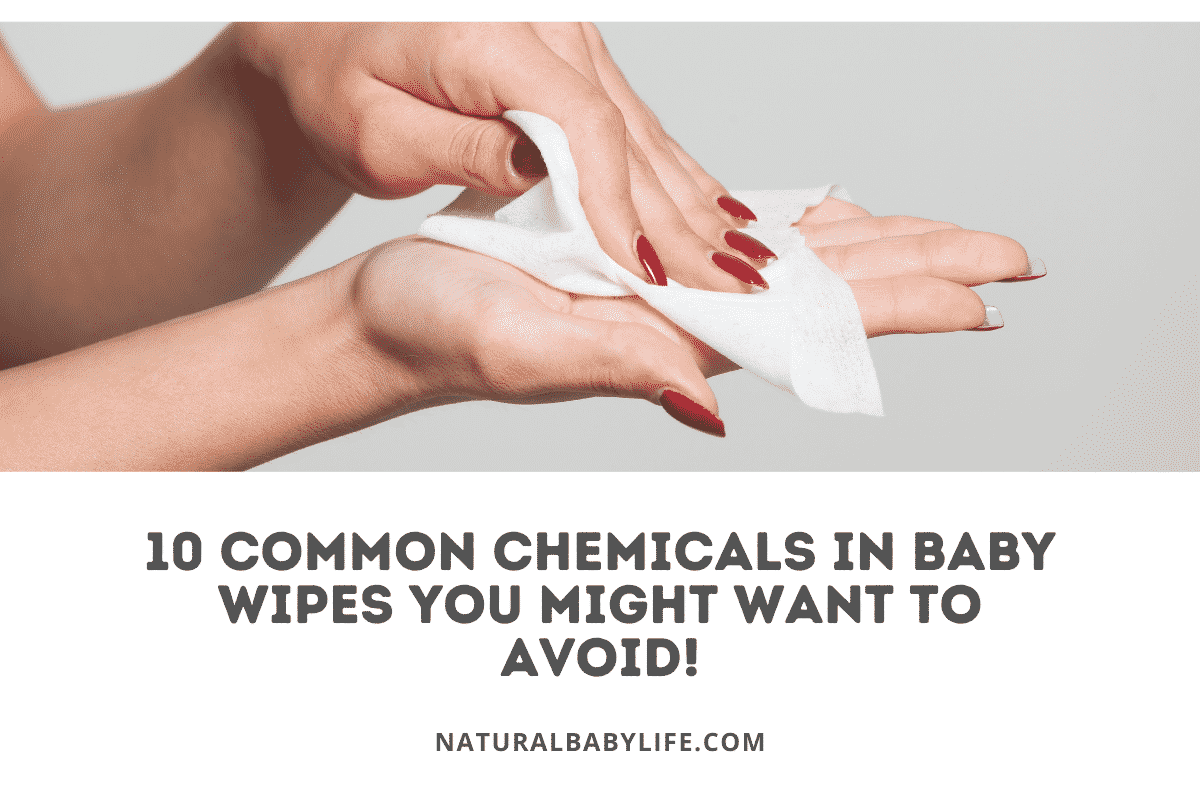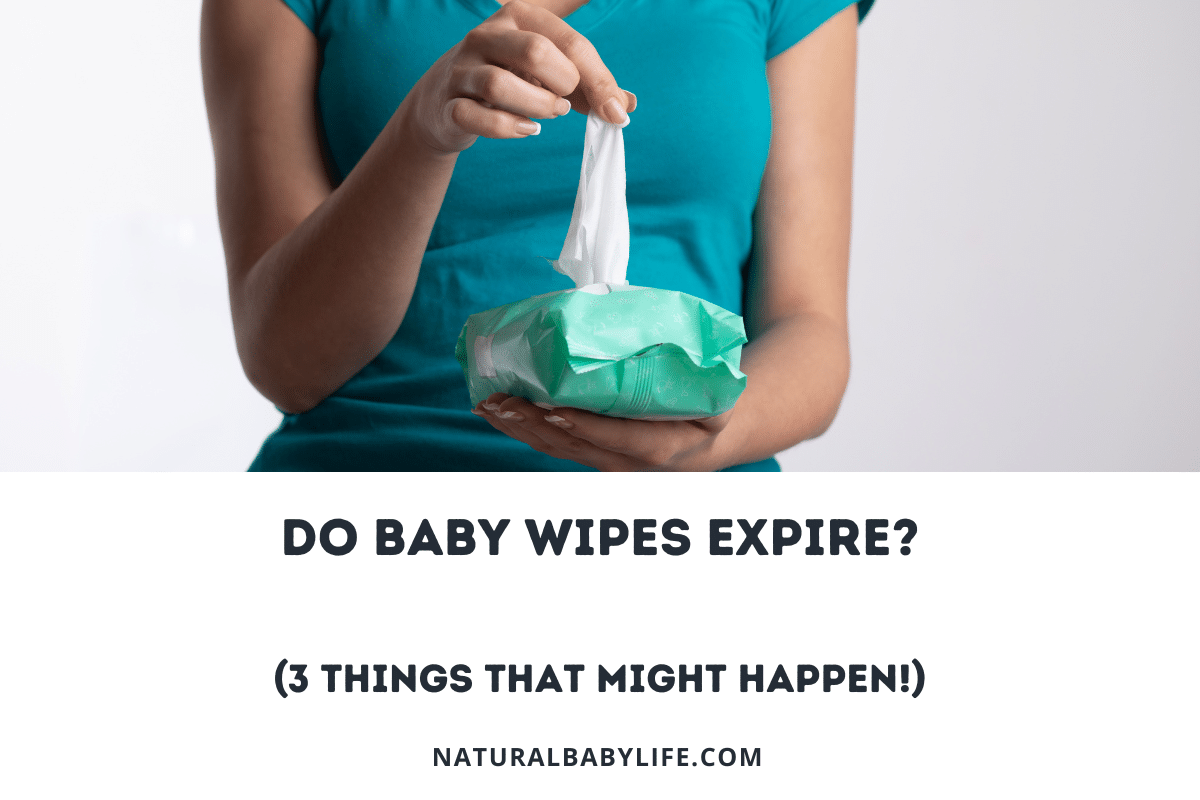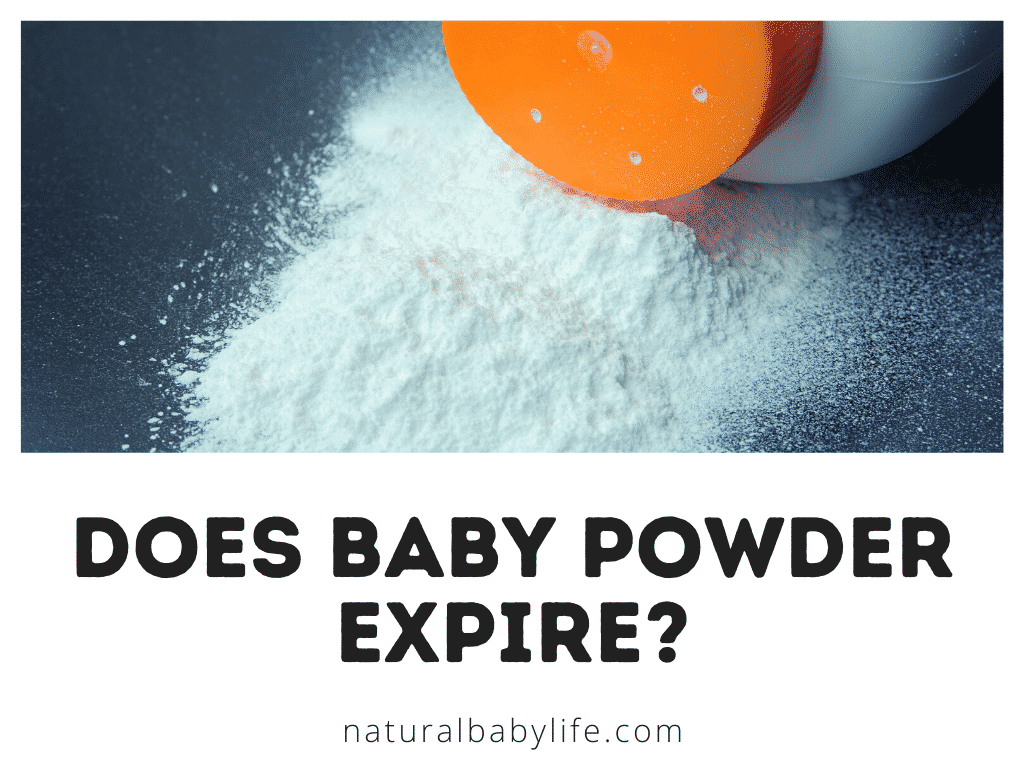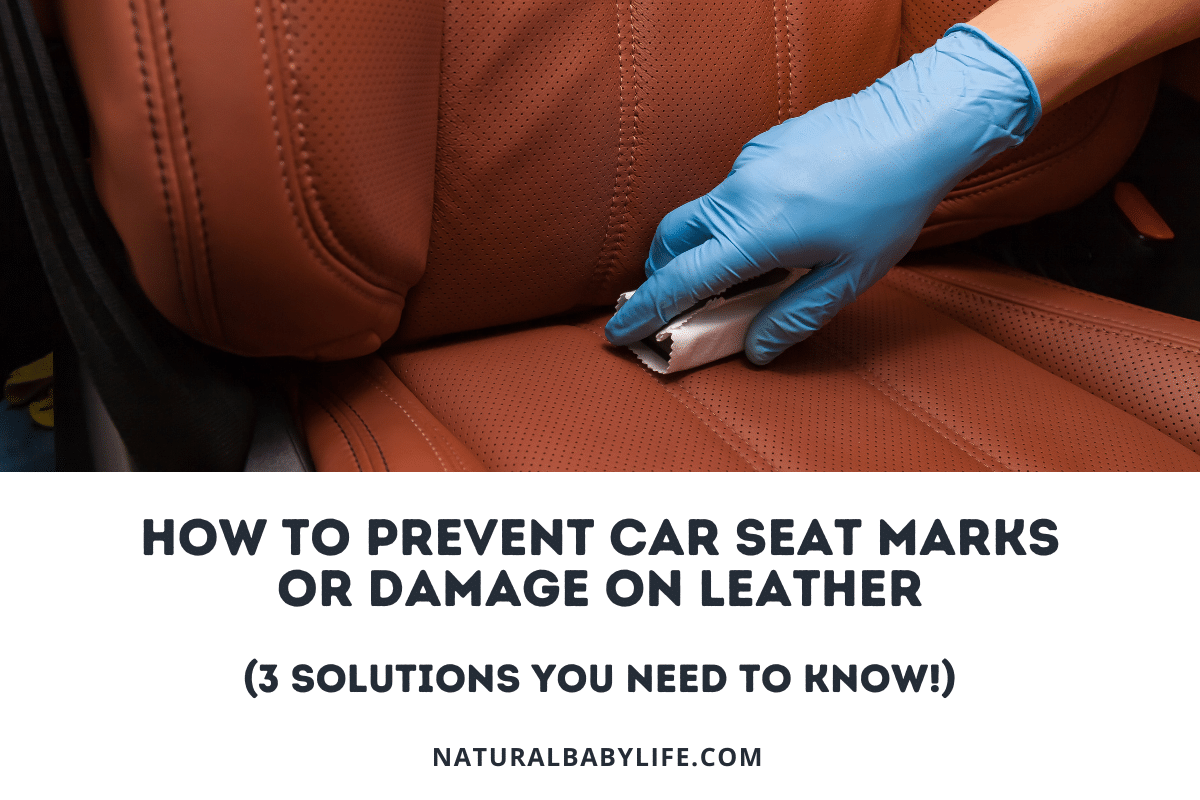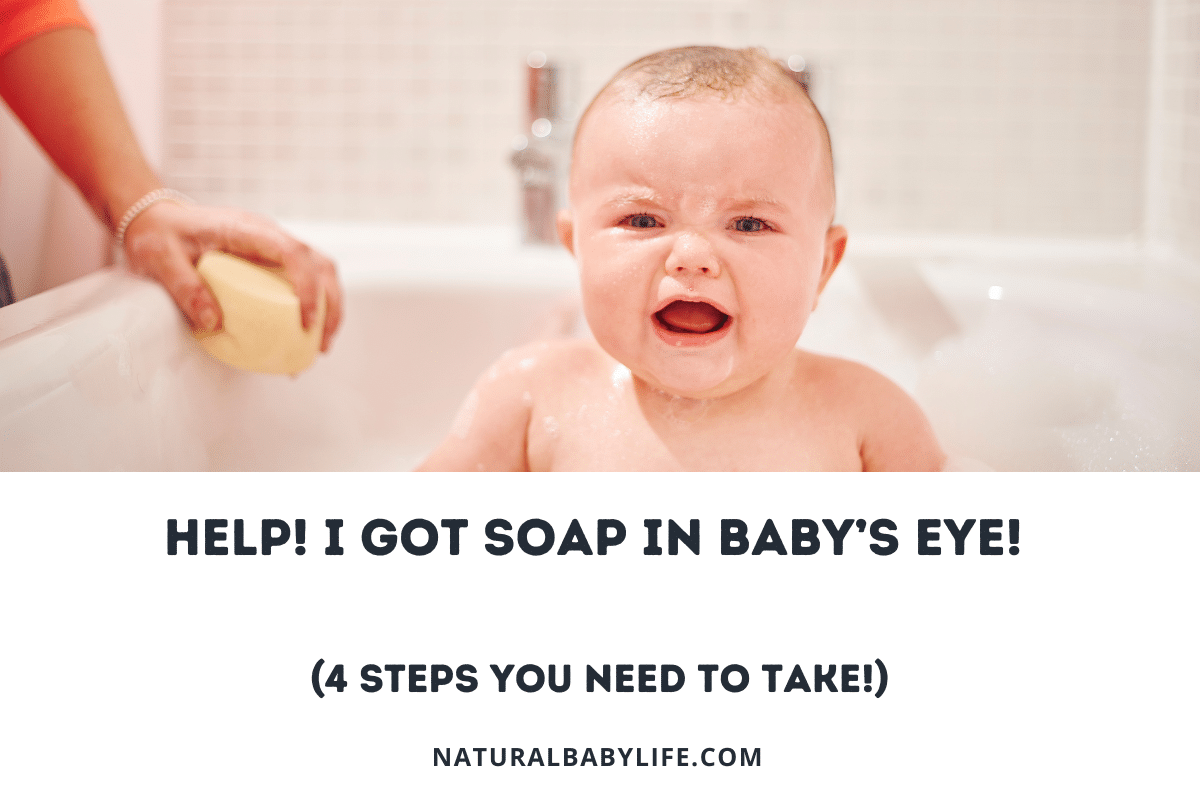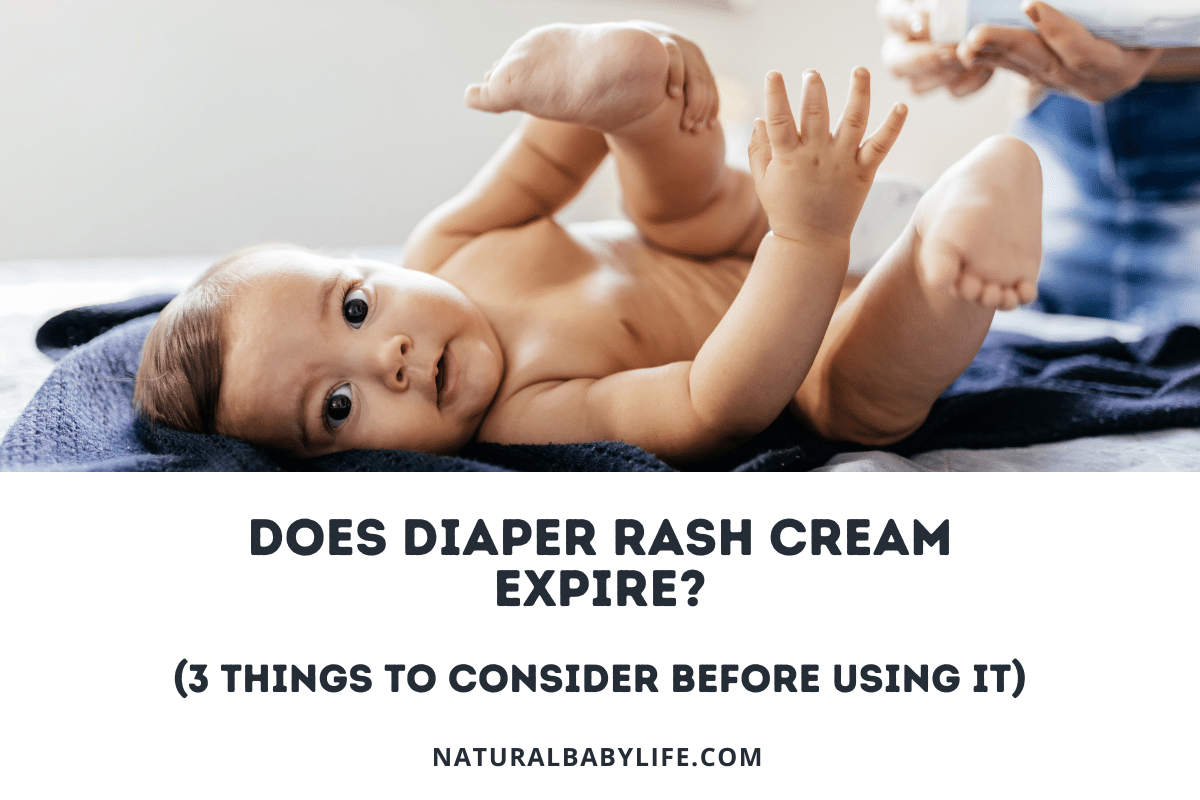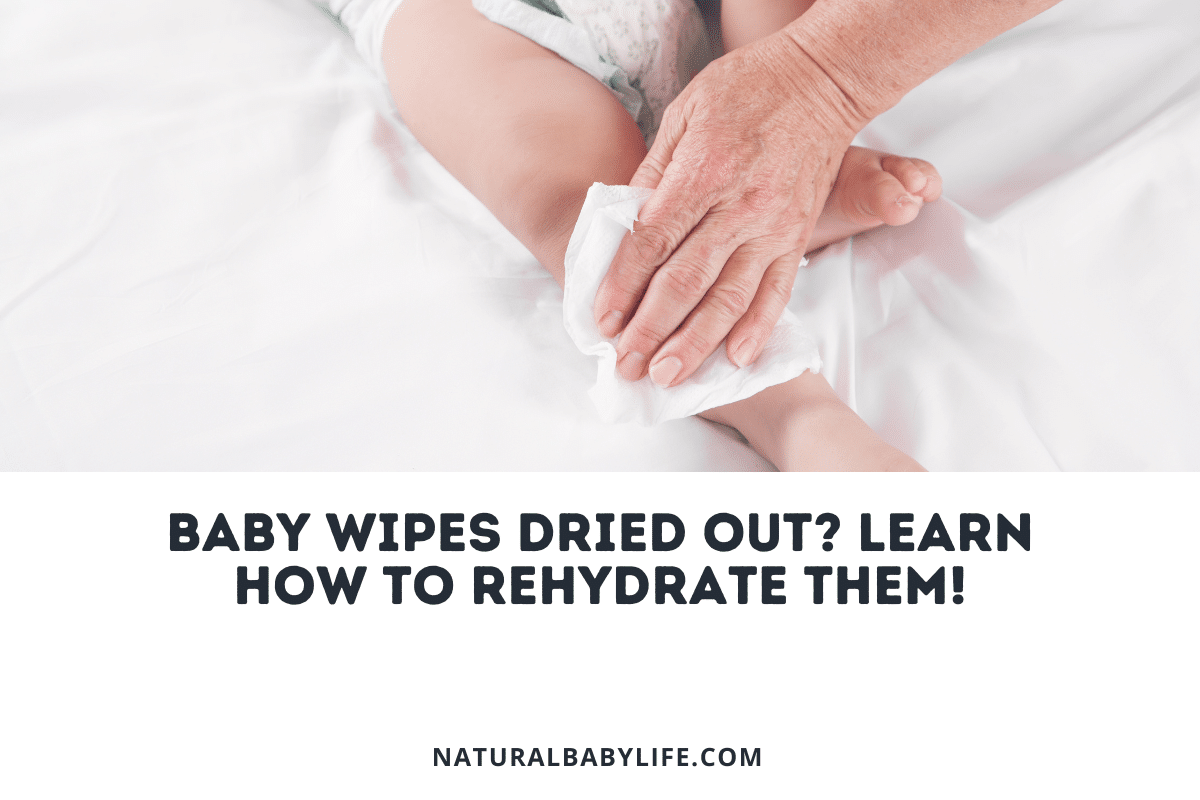The most common chemicals in baby wipes are parabens, phthalates, formaldehyde, triclosan, Phenoxyethanol, ethylene oxide, 1,4-Dioxane, sodium lauryl sulfate (SLS), sodium Laureth sulfate (SLES), methylisothiazolinone (MIT), iodopropynyl butylcarbamate (IPBC), bronopol, and DMDM Hydantoin.
Table of Contents
Common chemicals in baby wipes
Let’s be real here for a second. There is absolutely no way to avoid all chemicals in baby wipes at all times, everywhere totally. There will always be problems with potential contamination, even among otherwise safe ingredients. Still, this list is all about avoiding the chemicals in baby wipes that companies add all the time despite their documented dangers.
While it is not exhaustive, staying on the lookout for these ingredients will go a long way towards reducing the exposure to these common chemicals in baby wipes!
Parabens
Parabens have been used in personal care products for decades. Only recently have consumers started seeing adverse reports of chemicals in this family, such as methylparaben, propylparaben, ethylparaben, and butylparaben. They are used as a preservative to help these products last longer and quickly penetrate the skin.
The problem with parabens is that studies show they act as a weak estrogen in the body, and too much estrogen can have disastrous side effects. According to the Breast Cancer Organization, they can turn up the growth on hormone-receptor-positive types of breast cancer, and numerous studies have revealed intact paraben molecules inside breast cancers and other tissues.
Many personal care and cosmetics companies have taken notice of parabens and taken steps to reduce their use in their products, but their use has not been eliminated. Unfortunately, avoiding parabens entirely is almost impossible. Some studies have shown that as much as 90 percent of typical grocery store products contain measurable parabens, leading to a cumulative effect in the body over time.
Phthalates
Phthalates are an entire family of chemicals that have a variety of uses and effects on the human body. Typically, they are added to plastics to make them soft and moldable, and humans are usually exposed to them indirectly by eating or handling packaging that has been made with them because they don’t strongly bind to the products.
- BBP
- DBP
- MiBP (found in nail polish)
- MEHP (added to PVC plastics)
- MEP (found in fragrances)
- DiNP (found in many children’s toys and childcare products)
- and the list goes on and on.
Because they are found in an insane amount of products, phthalates are very hard to avoid altogether. Even if it isn’t explicitly mentioned, ingredients like fragrances can include many components and still listed as ‘fragrance’ on the bottle.
Studies show that phthalates act like weak endocrine disruptors in the body and have also shown the ability to block androgens which can wreak havoc on the hormones of humans, especially males. In males, they have been linked to early-onset puberty, reproductive system problems and defects, lower testosterone levels, and lower sperm levels.
Children under the age of 3 are at increased risk of encountering phthalates and suffering from their effects.
Formaldehyde
According to the Agency for Toxic Substances and Disease Registry, formaldehyde is a highly toxic, flammable gas readily absorbed by the lungs, intestines, and skin. Over the years, studies have looked closely at the effects of formaldehyde among those who frequently handle the chemical, such as factory workers and embalmers. There has been a link between it and cancers of the nasopharynx and nasal sinuses and leukemia.
When exposed to the skin in high enough concentrations, formaldehyde can irritate, and it has been shown to interact with molecules in the cell membranes and body tissues, and fluids (things like DNA and proteins). Children are at an increased risk of toxicants like this in general because of their higher surface area-to-body weight ratio.
Although many companies have removed formaldehyde from their formulations in recent years, mainly due to the Johnson and Johnson spotlight, many other chemicals release formaldehyde over time.
Triclosan
This chemical can be added to baby wipes as an antibacterial agent to kill germs. While this sounds great, there is evidence that triclosan is neither very effective nor safe.
A recent study released by the Journal of Antimicrobial Chemotherapy concluded that soaps and other products that included the chemical were no more effective than plain soap when it comes to reducing bacterial contamination in ‘real-world’ scenarios, like wiping up baby poop. It sounds like we want our baby wipes to avoid this chemical!
Further, the Food and Drug Administration considers triclosan to be a likely endocrine disruptor, showing decreases in some thyroid hormone levels in animal studies and the fact that it could contribute to the rise of so-called super bacteria because of its overuse in so many products. In fact, it was recently banned from being included in many antibacterial soaps.
Phenoxyethanol
Commonly found in cosmetics as a stabilizer, Phenoxyethanol has generally been deemed safe to use in those products in concentrations of one percent or less to reduce the chance of overexposure. Typically, side effects are relatively mild and include skin irritation, rashes, eczema, hives, and other allergic reactions.
In infants, however, it has been shown to cause damage to the central nervous system with enough exposure through something like a baby wipe or breastfeeding mother.
Ethylene Oxide and 1,4-Dioxane
Although these aren’t usually a direct ingredient that you’ll find in baby wipes, ethylene oxide and 1,4-Dioxane are chemicals commonly used in the process of ethoxylation, which can make other components that are listed less harsh on the skin. Unfortunately, some of these chemicals often remain in the final product, and the FDA has listed them as a potential human carcinogen as exposure to animals during research produced liver, nasal, peritoneal gland, and mammary gland tumors along with other liver and kidney damage.
As they are just a ‘contaminate,’ companies do not have to disclose the presence of this chemical, and EWG’s database contains over 200 baby products that could include the chemicals. Your best chance to avoid ethylene oxide and 1,4-Dioxane will come through avoiding potentially contaminated ingredients such as SLES, polyethylene, polyethylene glycol, polyoxynolethylene, and other chemicals that end in -eth or -oxynol.
You will need to take care and perform additional research on any baby wipes you are considering to avoid these chemicals in their ingredients list.
Sodium Lauryl Sulfate (SLS) and Sodium Laureth Sulfate (SLES)
If you pick up a bottle of something in the bathroom, especially shampoos or soaps that foam, you are likely to find either SLS or SLES included in the list of ingredients. They are useful as a surfactant in these products which means they help break up oil and grime so that it can be washed away from your hair or body. As anyone who has gotten shampoo in their eyes will tell you, these chemicals can irritate the eyes and, over time, irritate certain individuals’ skin.
The problem with SLS and, especially, SLES is that they can be contaminated during the ethoxylation process we just talked about and could be contaminated with 1,4-Dioxane. EWG found this contamination in 57 percent of all baby soaps tested, of which SLES is a common ingredient.
Methylisothiazolinone (MIT)
This chemical is a biocide used as a preservative in many cosmetic and personal care products to limit the growth of bacteria. It has also been found in many baby-specific products such as lotions, shampoos, and baby wipes, and exposure can be higher with the creams and wipes because they aren’t normally rinsed off after application. MIT can cause skin irritation in these areas ranging from mild to severe, depending on the individual’s sensitivity to the chemical.
Animal studies with MIT have shown that higher concentrations and lengthened exposure caused reddened lungs, swollen intestines, and eventual death due to its irritating properties, and in-vitro tests on brain cells have shown it to be neurotoxic. However, it is unlikely to cause these issues with the concentrations allowed in consumer products.
Iodopropynyl Butylcarbamate (IPBC)
IPBC is another preservative, classified as a fungicide, used in many personal care products to help give them a longer shelf life. According to the International Journal of Toxicology, it is a known skin irritant that can easily penetrate the skin and has triggered allergic responses in many users.
It is especially toxic when inhaled, so aerosol products and sprays with this chemical should be avoided. In New Zealand, IPBC has been banned for use in products intended to be used by children under three years old
Bronopol and DMDM Hydantoin
Yet another pair of preservatives, Bronopol and DMDM Hydantoin, are bactericides found in many personal care products, and they are potent skin, eye, and respiratory irritants. At this time, there is no substantial evidence that it is a carcinogen for humans or that there is any organ system toxicity. Still, it is highly toxic to aquatic life when released into rivers and oceans as waste.
The biggest problem with these chemicals is that they have been found to release formaldehyde over time which is another nasty chemical that we all want to avoid!
My chemical-free baby wipe recommendation
Hopefully, reading about these common chemicals in baby wipes has been eye-opening – I know it was for my wife and me! Although it is unlikely that there will be huge amounts of these chemicals inside a wipe, we feel strongly that we should avoid these types of chemicals where we can, and in many cases, it is just unnecessary exposure that makes no sense.
Our babies’ tiny body is more sensitive to chemicals in baby wipes, and they will have many other opportunities to be exposed later on!
If you are interested in what wipes I recommend, check out my resource on the top 5 best biodegradable and chemical-free baby wipes. This post has a mini-review of all five wipes, including why I like them and other helpful info!

